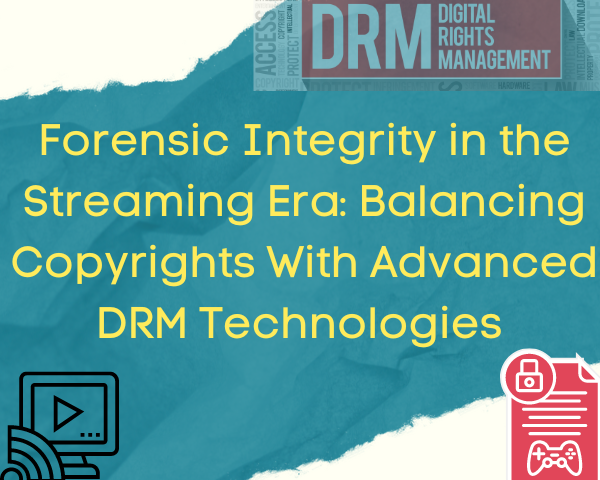Intellectual property rights traces its actuallity as a means of conserving and awarding creativity. There exists a line of difference between discovery and invention which is to be analyzed while categorizing any object as intellectual property. A copyright claim can be made on all the things that define human existence. For that matter, our genes can be copyrighted as well. An opinion persists that 20 percent of the genes shared by us are patents of various companies. It is contended that on the removal of a gene from the human body and when kept in isolation it becomes a separate chemical entity that can be patented.
Patents are typically granted for something that’s tangible, like a mechanical device. It’s done to protect inventors and companies from being ripped-off by their competitors. A gene patent can be granted for a claim on a nucleic acid, or for a method of diagnosing a genetic condition. Claims can be made over a DNA or RNA sequence, or a method of identifying the existence of a DNA or RNA sequence in an individual. This can include both coding and non-coding DNA. So, for example, a patent can be taken out on the gene sequence responsible for a predisposition to Alzheimer’s.
Myriad Genetics Inc., is an American molecular diagnostic company based in Salt Lake City, Utah, United States. The year 1990 brought a turmoil to the history as Myriad got a patent on genes namely BRCA1 and BRCA2. These have been linked to both ovarian and breast cancer. Myriad’s discovery of the breast cancer gene, BRCA1 was universally acclaimed as a monumental achievement: “There is no more exciting story in medical science.” Myriad came to limelight after it became involved in a lawsuit over its patenting practices, which led to the landmark Supreme Court decision.
Association for Molecular Pathology v. Myriad Genetics, Inc., (No. 12-398),
The US Supreme Court unanimously ruled that “A naturally occurring DNA segment is a product of nature and not patent eligible merely because it has been isolated”, invalidating Myriad’s patents on the BRCA1 and BRCA2 genes. However, the Court also held that manipulation of a gene to create something not found in nature—such as a strand of synthetically-produced complementary DNA (cDNA)—could still be eligible for patent protection.
When a company holds a patent on a gene, they have a right to prevent other people from evaluating and analyzing it. The demerits of being able to patent genes are that the human genome cannot be mapped or studied. Thereby, reducing a chance to provide a cure for the incurables.
The author of Who Owns You: The Corporate Gold Rush to Patent Your Genes David Koepsell contends that it is inefficacious to accord what he calls “government-sponsored monopolies”. The biotech firms along with other companies need to fight the battle with the actual values of their products. “Even setting this radical argument aside,” he puts down, “gene patents are not the most economically efficient way to exploit publicly-funded science, nor necessary to spur useful innovation in drugs.”




